at TA ≈ 25°C, VOCM pin = open, RF = 1 kΩ, RL = 1 kΩ, VOUT = 2 VPP, 50-Ω input match, G = 1 V/V,
PD = VS+, single-ended input, differential output, and input and output referenced to default midsupply for ac-coupled tests (unless otherwise noted); see Figure 8-1 for a gain of 1-V/V test circuit
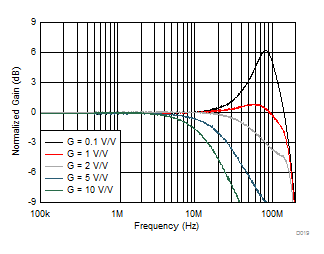 Figure 7-19 Small-Signal Frequency Response vs Gain
Figure 7-19 Small-Signal Frequency Response vs Gain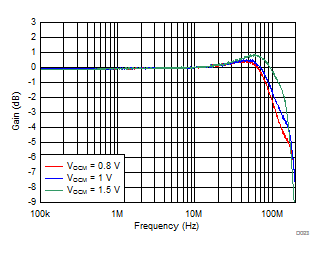 Figure 7-21 Small-Signal Frequency Response vs VOCM
Figure 7-21 Small-Signal Frequency Response vs VOCM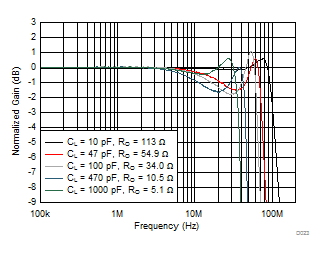
| VOUT = 20 mVPP, G = 1 V/V,
two series RO added at output before
CL |
Figure 7-23 Small-Signal Frequency Response vs CL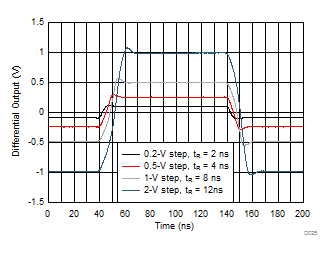
| G =
1 V/V, 5-MHz input, single-ended input to differential
output |
Figure 7-25 Small- and Large-Signal Step Response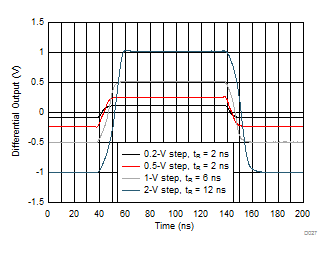
| G =
2 V/V, 5-MHz input, single-ended input to differential
output. |
Figure 7-27 Small- and Large-Signal Step Response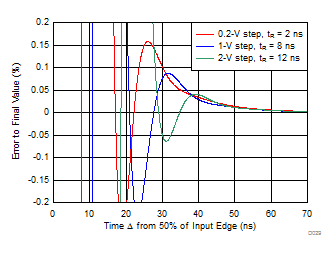 Figure 7-29 Small- and Large-Signal Step Settling Time
Figure 7-29 Small- and Large-Signal Step Settling Time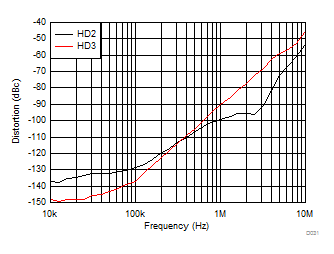 Figure 7-31 Harmonic Distortion vs Frequency
Figure 7-31 Harmonic Distortion vs Frequency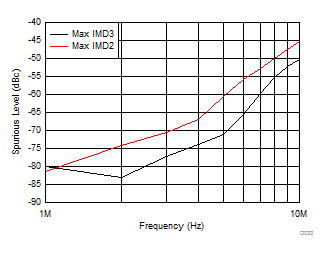
| G =
1 V/V, 1 VPP each tone |
Figure 7-33 IMD2
and IMD3 vs Frequency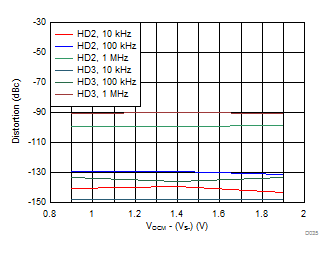
| VOUT = 2-VPP output, with
VOCM adjusted |
Figure 7-35 Harmonic Distortion vs VOCM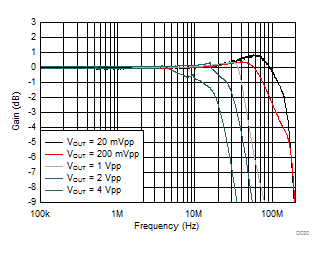 Figure 7-20 Frequency Response vs VOUT
Figure 7-20 Frequency Response vs VOUT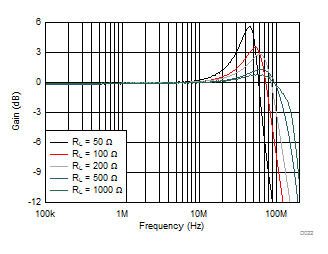 Figure 7-22 Small-Signal Frequency Response vs RL
Figure 7-22 Small-Signal Frequency Response vs RL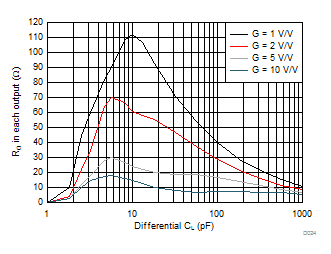
| Two
RO at output to differential
CL in parallel with a 1-kΩ load
resistance |
Figure 7-24 Recommended RO vs CL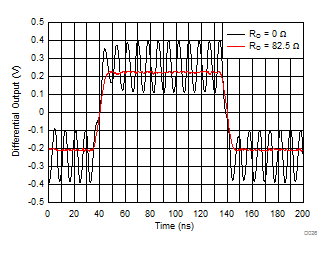
| G =
1 V/V, VOUT = 500-mV step into 22-pF
CL, see Figure 8-4 |
Figure 7-26 Step
Response Into Capacitive Load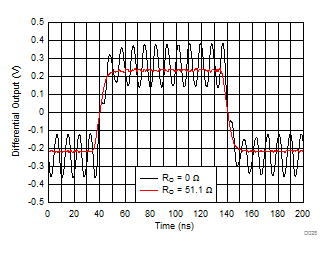
| G =
2 V/V, VOUT = 500-mV step into 22-pF
CL, see Figure 8-4 |
Figure 7-28 Step
Response Into Capacitive Load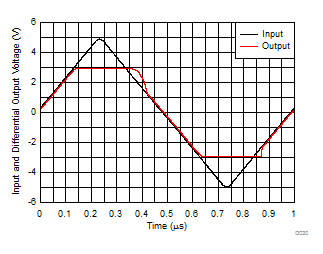
| Single-ended to differential gain of 2, 2X input
overdrive |
Figure 7-30 Overdrive Recovery Performance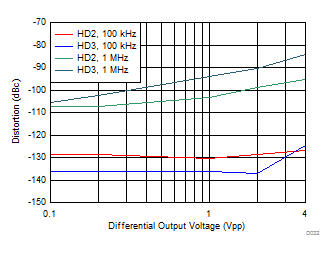 Figure 7-32 Harmonic Distortion vs Output Swing
Figure 7-32 Harmonic Distortion vs Output Swing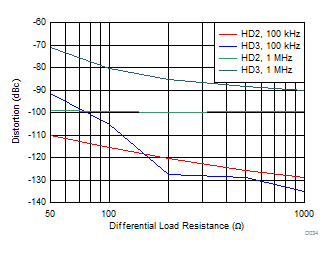
| G =
1 V/V, VOUT = 2-VPP output, with
RL adjusted |
Figure 7-34 Harmonic Distortion vs RL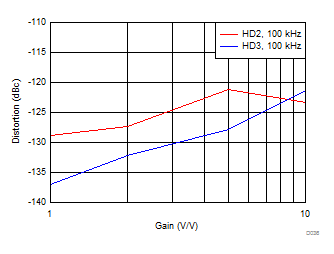
| VOUT = 2-VPP output, see
Table 9-1 for gain setting |
Figure 7-36 Harmonic Distortion vs Gain
















